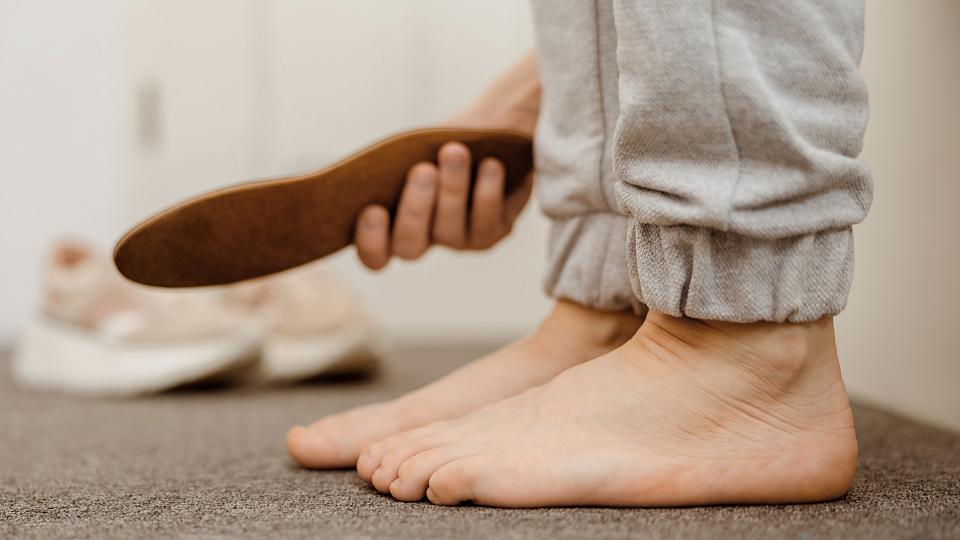
Barefoot running is out. The hot new trend in running is maximalist shoes.
Think of these heavily cushioned sneakers as the exact opposite of minimalist shoes like the Vibram FiveFingers that are supposed to replicate running barefoot.
Maximalist shoes have double the cushioning of average running shoes. Ultrarunners first wore them to absorb the shock of hundred-mile runs, and now the shoes have gained popularity with recreational runners. The most popular brand in the category sold 550,000 pairs last year.
Some runners think that extra cushioning will help resolve a common problem: plantar fasciitis. This pain in the heel, literally, is the result of inflammation of the thick band of tissue on the bottom of the foot, connecting the heel bone to the toes.
Olympic medalist Leo Manzano told The New York Times his plantar fasciitis disappeared a week after running on maximalist shoes.
If you have plantar fasciitis, should you give maximalist shoes a run?
"It is difficult to say that one type of shoe will be a perfect fit for everyone who experiences plantar fasciitis," says Laura LaMarche, DPT, a physical therapist at University of Utah Health. She says it is best to run with a shoe that feels comfortable, and if you have plantar fasciitis, you should get it evaluated by a professional.
Maximalist shoes have pros and cons. They "do a lot of the absorption for the body and often have a rocker built in to help propel you forward, so the body is spared and is able to run longer with less impact," LaMarche says. "The downside is the body does not do enough work and it can make you weak, possibly causing injury."
To minimize running injuries, LaMarche recommends adding cross training to your fitness routine. "Running is a highly repetitive activity that can neglect important muscles that need attention," she says. "Working to strengthen the hips and core to control how the legs move under the trunk will often be the key to preventing injury."
If pain continues to plague you, she says, "the University of Utah Orthopaedic Center has a runner's clinic where a highly trained physical therapist can perform a biomechanic evaluation of your running injury."
As for trends that come and go, like barefoot running and maximalist shoes, LaMarche believes the jury is always out. "Until more research is done, it is hard to say one shoe fits all!"


